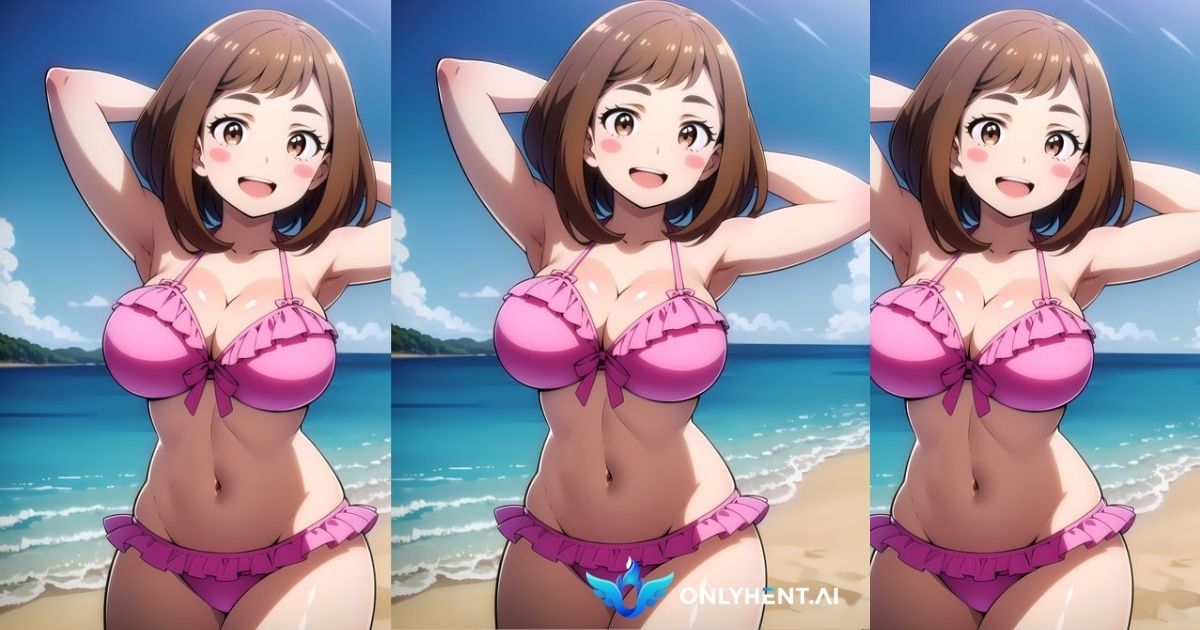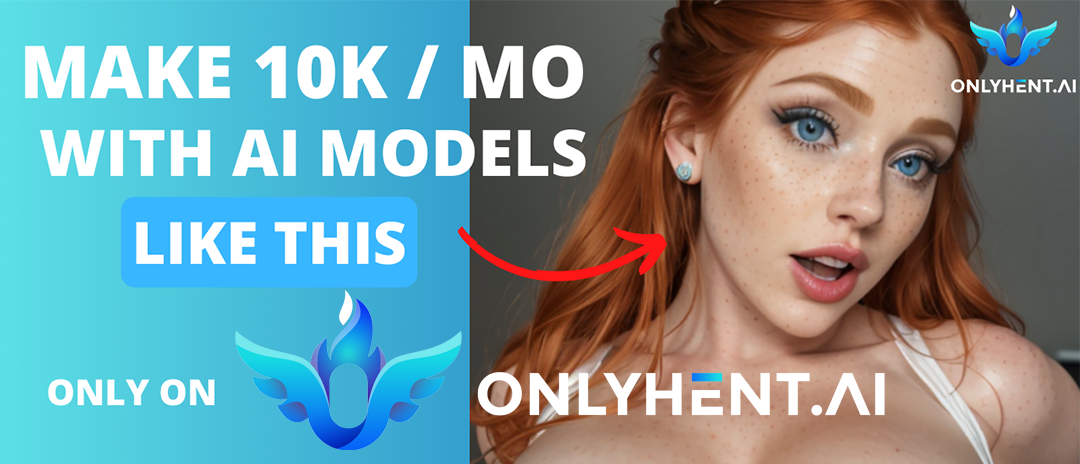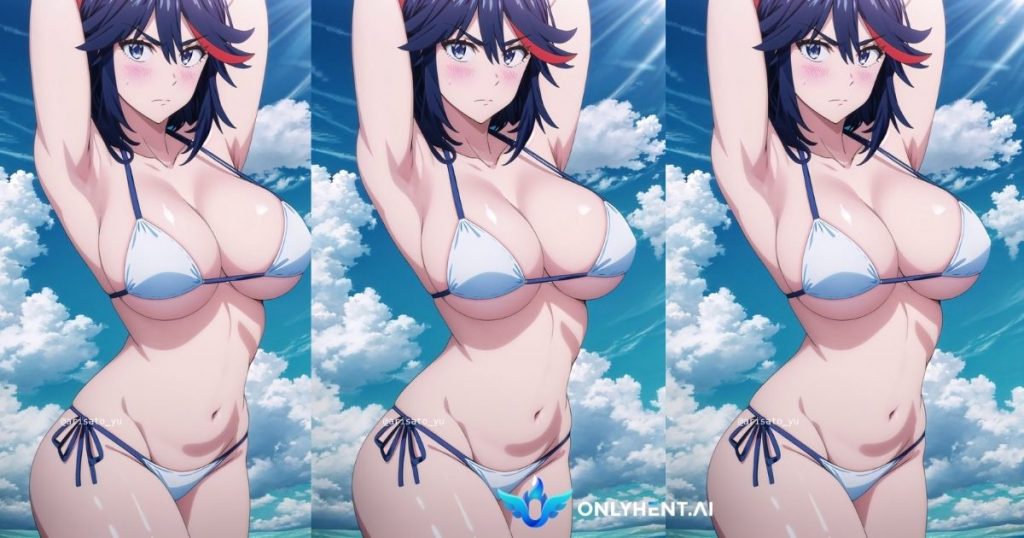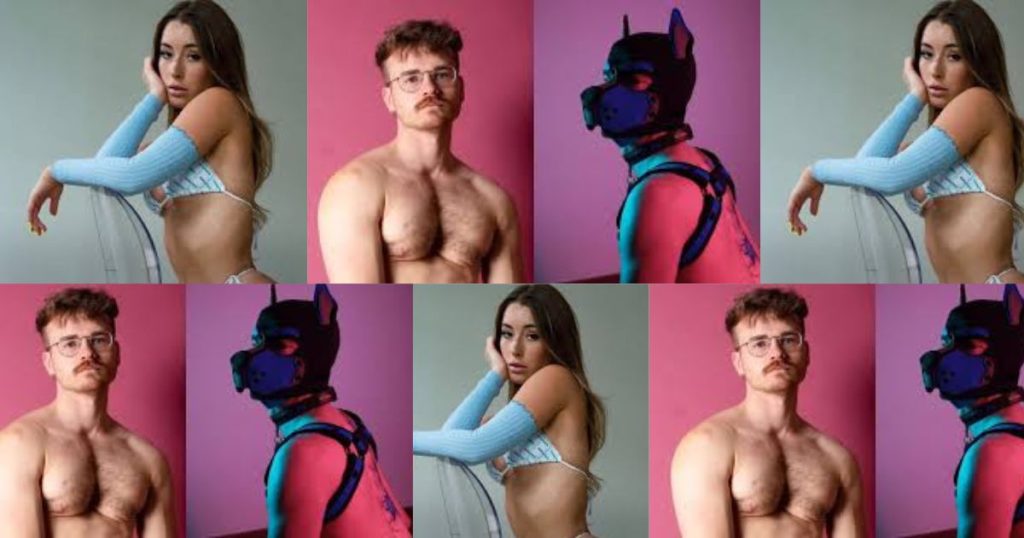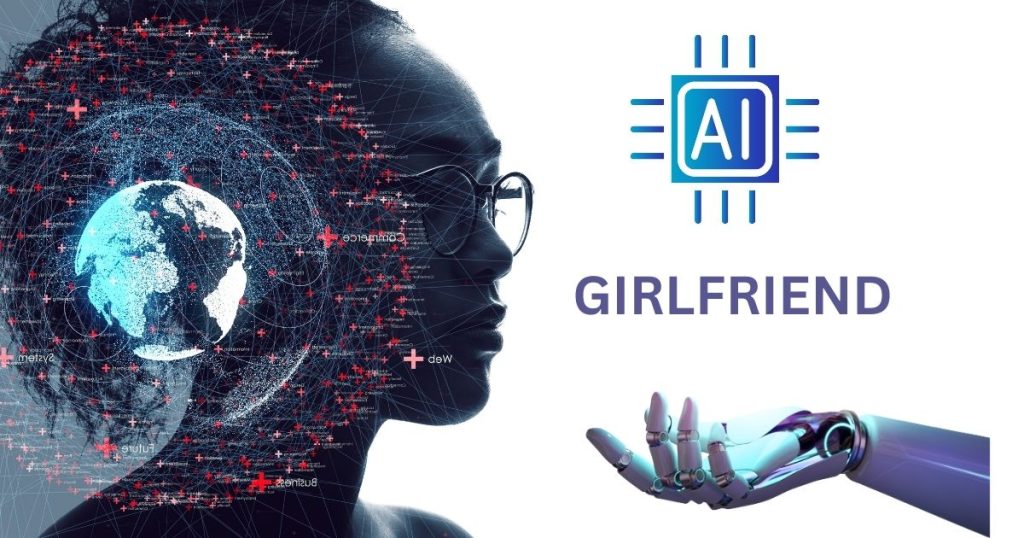In the realm of anime, CGI, or Computer-Generated Imagery, serves as a pivotal element that has redefined the artistic landscape. CGI involves the use of computer technology to craft visually stunning and dynamic scenes. In the context of anime, CGI seamlessly merges with traditional hand-drawn animation to bring forth a new era of storytelling and visual aesthetics.
Brief History of CGI Usage in the Anime Industry
The incorporation of CGI in anime has a rich history that traces back to its tentative steps in the industry. Initially met with curiosity and skepticism, CGI gradually found its place alongside traditional animation. From experimental uses to becoming an integral part of production pipelines, the history of CGI in anime is a testament to the industry’s adaptability and innovative spirit.
Significance and Impact on the Visual Landscape of Anime
The significance of CGI in anime extends beyond technological advancements; it has fundamentally altered how stories are visually conveyed. By seamlessly blending the two animation techniques, anime creators have unlocked new possibilities for creating immersive worlds, intricate details, and dynamic action sequences. The impact of CGI on the visual landscape of anime is profound, influencing not only aesthetics but also narrative possibilities.
Evolution of Animation Techniques
Traditional Hand-Drawn Animation in Anime
Traditionally, anime was brought to life through the painstaking process of hand-drawn animation. Each frame was meticulously crafted by skilled artists, resulting in a distinctive visual style. However, as demands for more complex and visually engaging content grew, the limitations of hand-drawn animation became apparent, paving the way for the evolution of techniques.
Introduction and Integration of CGI
The introduction of CGI marked a revolutionary shift in anime production. Recognizing the potential to enhance visual elements, creators began integrating CGI seamlessly into traditional animation. This marriage of techniques allowed for the creation of scenes and effects that were challenging or impossible to achieve with hand-drawn animation alone.
Early Examples of CGI in Anime and Its Reception
In the early stages of CGI integration, anime enthusiasts witnessed experimental forays into uncharted territory. Anime series and films began incorporating CGI for various elements, such as backgrounds, mechs, and special effects. While initial reception varied, certain pioneering examples laid the foundation for CGI’s acceptance within the anime community.
Crafting anime with CGI is an art that combines technological innovation with a deep understanding of traditional animation principles. In the next sections, we delve into specific applications of CGI in anime, exploring its diverse roles in shaping backgrounds, animating mechanical elements, creating special effects, handling crowd scenes, and enabling dynamic camera movements.
CGI Applications in Anime
Backgrounds and Environments
In the realm of anime, CGI plays a pivotal role in crafting intricate and immersive backgrounds. The use of CGI provides a level of detail and depth that traditional hand-drawn backgrounds may struggle to achieve. One of the primary advantages lies in the ability to create expansive and realistic settings that seamlessly integrate with the characters and storyline, enhancing the overall visual experience.
Examples of Anime with Intricate CGI Backgrounds
Numerous anime series have embraced CGI to elevate their visual storytelling. Examples such as “Land of the Lustrous” showcase CGI’s prowess in rendering breathtaking landscapes and ethereal environments. These anime not only push the boundaries of artistic expression but also demonstrate how CGI can be seamlessly integrated into the narrative fabric of a story.
Mechanical Objects and Vehicles
Role of CGI in Animating Mechs and Robots
CGI in anime finds a niche in animating mechanical elements, bringing life to mechs and robots with unparalleled precision. The three-dimensional nature of CGI allows for intricate detailing, precise movements, and a realistic portrayal of mechanical objects. This dynamic use of CGI is particularly prominent in mecha anime, where the integration of technology and organic animation creates visually compelling scenes.
Notable Anime Featuring CGI-Driven Mechanical Elements
Anime series like “Knights of Sidonia” exemplify the seamless fusion of CGI and traditional animation in portraying futuristic mechs and robotic entities. The role of CGI extends beyond mere aesthetics, enhancing the fluidity and realism of mechanical movements, contributing to a heightened viewing experience for anime enthusiasts.
Special Effects
Enhancing Visual Effects with CGI
CGI’s impact on anime extends to the realm of special effects, where it serves as a powerful tool for elevating visual spectacle. Whether it’s the fiery intensity of explosions, magical spells, or supernatural phenomena, CGI empowers creators to deliver visual effects that captivate audiences. The adaptability of CGI in rendering complex effects contributes to the dynamism of action sequences and the allure of fantasy genres.
Impact on Action Sequences and Fantasy Genres
Anime series like “Attack on Titan” leverage CGI to intensify action sequences, creating a sense of scale and grandeur. The fusion of CGI with traditional animation enhances the choreography of fight scenes, allowing for dynamic movements and intricate details. In fantasy genres, CGI aids in crafting otherworldly realms, pushing the boundaries of imagination and immersing viewers in fantastical universes.
Efficiently Handling Large Crowds with CGI
One of the challenges in traditional animation is efficiently animating large crowds, which is where CGI proves invaluable. By utilizing CGI for crowd scenes, anime creators can populate expansive settings with diverse characters, each exhibiting fluid and natural movements. This not only streamlines production but also enriches the visual storytelling by creating vibrant and bustling environments.
Examples of Anime Using CGI for Crowd Scenes
Anime such as “Demon Slayer” showcase the effective integration of CGI in portraying crowded urban settings or large-scale battle scenes. The use of CGI allows for the creation of intricate crowd dynamics, contributing to the overall cinematic experience. This application of CGI extends the boundaries of what can be artistically achieved in the context of crowded and dynamic scenes.
Dynamic Camera Movements and Their Impact
CGI in anime empowers creators to explore dynamic and intricate camera movements, adding a cinematic flair to storytelling. The ability to smoothly transition between perspectives, zoom in on details, or execute sweeping panoramic shots enhances the visual narrative. Dynamic camera movements made possible by CGI contribute to a more immersive and engaging viewing experience.
Balancing Traditional Animation with CGI for Camera Work
Achieving a harmonious balance between traditional animation and CGI is crucial for effective camera work. Anime productions like “Ghost in the Shell: Stand Alone Complex” showcase how CGI complements traditional animation in executing complex camera movements. By maintaining coherence in visual style, the integration of CGI elevates the overall cinematography without overshadowing the essence of hand-drawn animation.
Challenges and Criticisms
The seamless integration of CGI with traditional animation in anime is an intricate dance that creators must master. While CGI offers unparalleled advantages in certain aspects, achieving a harmonious balance with hand-drawn animation is imperative. The challenge lies in ensuring that CGI complements rather than overshadows the essence of traditional anime aesthetics. Striking the right equilibrium is an ongoing quest, with creators navigating the complexities of intertwining these distinct animation techniques to create a cohesive visual narrative.
Maintaining Artistic Consistency
Artistic consistency is paramount in the world of anime, where the visual style contributes significantly to a series or film’s identity. The introduction of CGI introduces the challenge of maintaining a consistent visual language throughout the production. Creators face the task of seamlessly transitioning between CGI and hand-drawn elements, ensuring that the artistic essence remains intact. The quest for consistency is a meticulous process, reflecting the dedication to preserving the integrity of the anime’s overall aesthetic.
Audience Reception
The adoption of CGI in anime has sparked varied opinions within the anime community, reflecting the diverse tastes and preferences of enthusiasts. While some embrace CGI for its potential to enhance visual quality and dynamic scenes, others express reservations about its impact on the traditional charm of hand-drawn animation. The diversity of viewpoints within the community adds to the complexity of integrating CGI, prompting ongoing discussions and debates about its role in shaping the future of anime.
Addressing Concerns and Critiques from Fans
As anime creators navigate the integration of CGI, addressing concerns and critiques from fans becomes a crucial aspect of the production process. Engaging with the anime community’s feedback is essential for refining CGI techniques and ensuring that audience expectations are met. Creators must actively listen to fan concerns, addressing issues related to visual aesthetics, storytelling, and the overall impact of CGI on the viewing experience. This collaborative approach fosters a connection between creators and fans, shaping the evolution of CGI in response to audience expectations.
CGI in Different Anime Genres
In the realm of Shonen and action anime, CGI plays a pivotal role in bringing dynamic fight scenes to life. The three-dimensional nature of CGI allows for intricate choreography, fluid movements, and enhanced visual effects during intense battles. This application of CGI adds a layer of realism to the action sequences, enabling creators to push the boundaries of what can be achieved in portraying high-energy confrontations. The integration of CGI in these genres contributes to the heightened excitement and impact of pivotal moments within the narrative.
Success Stories in Action-Oriented Genres
Several anime series stand as exemplary success stories in seamlessly incorporating CGI into the action-oriented narrative. “My Hero Academia” is one such example where CGI is effectively utilized to amplify the power and intensity of Quirk-based battles. The success lies not just in the technical execution but in how CGI enhances the overall viewing experience, captivating audiences with visually stunning and emotionally charged action sequences.
Fantasy and Sci-Fi Anime
Fantasy and sci-fi anime genres thrive on the ability to transport viewers to otherworldly realms, and CGI serves as a powerful tool in realizing these imaginative landscapes. The creation of fantastical settings, alien worlds, and futuristic cityscapes benefits immensely from the versatility of CGI. By leveraging CGI, creators can sculpt visually stunning environments that transcend the constraints of traditional animation, immersing audiences in the awe-inspiring and surreal settings characteristic of fantasy and sci-fi genres.
Popular Examples of CGI in Fantasy and Sci-Fi Anime
Anime such as “Made in Abyss” exemplifies the successful integration of CGI to depict intricate fantasy worlds. The Abyss itself, with its multi-layered and fantastical landscapes, is brought to life through the detailed and immersive use of CGI. Similarly, in sci-fi anime like “Psycho-Pass,” CGI contributes to the portrayal of advanced technological societies, enhancing the overall futuristic atmosphere of the narrative.
Subtle Use of CGI in Everyday Settings
While CGI is often associated with grandiose action and fantasy, its application in slice of life and drama anime is more subtle yet equally impactful. In everyday settings, CGI can be employed to enhance background details, lighting effects, and realistic depictions of mundane environments. This subtle integration allows for a seamless blend with hand-drawn animation, elevating the overall visual quality of scenes set in the ordinary yet emotionally resonant contexts of slice of life and drama genres.
Maintaining Emotional Resonance with CGI
The challenge in slice of life and drama anime lies in maintaining emotional resonance while using CGI. Successful examples, such as “March Comes in Like a Lion,” demonstrate how CGI can be delicately applied to amplify emotional moments without overshadowing the human elements of the narrative. The use of CGI in these genres becomes a tool for enhancing atmosphere and visual storytelling, contributing to a more immersive connection with the characters’ emotional journeys.
Technological Advancements
The evolution of 3D modeling and animation software has been instrumental in reshaping the landscape of CGI in anime. Advances in technology have enabled animators to create more intricate and realistic CGI elements seamlessly integrated into hand-drawn animation. The precision and efficiency of modern 3D modeling tools empower creators to bring detailed characters, environments, and objects to life, pushing the boundaries of what can be achieved within the dynamic realm of anime storytelling. These technological strides in CGI contribute to elevating the visual quality and overall immersive experience for anime enthusiasts.
Impact on the Production Process
The impact of CGI technology on the production process of anime is profound, influencing every stage from conceptualization to the final release. The efficiency gains brought about by advanced 3D modeling and animation software contribute to streamlined workflows, reducing production time and costs. Animators can now intricately plan and execute CGI elements, ensuring a more seamless integration with traditional animation. The collaborative nature of CGI and hand-drawn animation is enhanced, allowing for a more cohesive and visually compelling final product.
Virtual Reality and Augmented Reality
The integration of virtual reality (VR) and augmented reality (AR) technologies marks a groundbreaking frontier in anime production. CGI in anime takes on new dimensions as creators explore immersive storytelling experiences. Virtual reality allows audiences to step into the fantastical worlds of their favorite anime, providing a level of interactivity and immersion previously unimaginable. Augmented reality, on the other hand, enhances the real-world environment with anime elements, creating unique and engaging experiences for fans. This convergence of CGI and VR/AR opens up exciting possibilities for the future of anime production.
Potential Future Developments in VR and AR
The potential for future developments in VR and AR within the anime industry is limitless. As technology continues to advance, we can anticipate even more sophisticated uses of CGI to create interactive and personalized anime experiences. Virtual reality might offer fans the chance to explore iconic anime locations or engage in dynamic scenes, while augmented reality could bring beloved characters into the everyday lives of viewers. These advancements not only redefine how anime is produced but also revolutionize how audiences engage with and experience their favorite anime content.
The Future of CGI in Anime
The future of CGI in anime promises to be dynamic, with emerging trends reshaping how this technology is employed. One notable trend is the increased integration of CGI in character design and animation, allowing for more detailed and expressive characters. Additionally, the use of procedural generation techniques is gaining traction, providing animators with tools to create vast and intricate worlds efficiently. As CGI technology continues to advance, we can expect an expansion of its role in enhancing visual storytelling, with an emphasis on pushing the boundaries of creativity and imagination.
Predictions for the Future of CGI in Anime
Looking ahead, several predictions can be made regarding the future trajectory of CGI in anime. One key prediction is the further refinement of CGI techniques to achieve a seamless blend with traditional animation, mitigating integration concerns and ensuring a cohesive visual experience. Virtual reality and augmented reality are likely to play an increasingly prominent role, offering fans immersive and interactive anime experiences. The democratization of CGI tools may also empower independent creators, fostering a diverse range of CGI-infused anime projects. The future holds exciting possibilities for CGI, paving the way for groundbreaking storytelling and visual aesthetics in the anime industry.
Conclusion
CGI’s journey in anime has been a transformative odyssey, marked by challenges, triumphs, and continuous evolution. From its tentative introduction to becoming an integral part of the anime production landscape, CGI has played a crucial role in redefining visual storytelling. The integration of CGI with traditional animation has not only expanded the artistic possibilities but has also spurred discussions about the delicate balance between technological innovation and the preservation of anime’s distinctive charm.
The impact of CGI in anime is undeniable, contributing to enhanced visuals, dynamic action sequences, and the creation of fantastical worlds. As we reflect on its impact, it’s clear that CGI has become a catalyst for pushing the boundaries of creativity, enabling creators to craft anime experiences that were once deemed impossible. The potential evolution of CGI in anime lies in its continued refinement, where technological advancements harmonize with artistic expression, offering viewers a diverse array of visually captivating and emotionally resonant stories.
In closing, the future of CGI in anime is a canvas waiting to be painted with innovation, creativity, and the shared passion of creators and fans alike.
Find out detailed information on Anime in 2024.
- Brief History of CGI Usage in the Anime Industry
- Significance and Impact on the Visual Landscape of Anime
- Evolution of Animation Techniques
- Introduction and Integration of CGI
- CGI Applications in Anime
- Examples of Anime with Intricate CGI Backgrounds
- Special Effects
- Impact on Action Sequences and Fantasy Genres
- Challenges and Criticisms
- CGI in Different Anime Genres
- Fantasy and Sci-Fi Anime
- Popular Examples of CGI in Fantasy and Sci-Fi Anime
- Technological Advancements
- Virtual Reality and Augmented Reality
- The Future of CGI in Anime
- Conclusion

